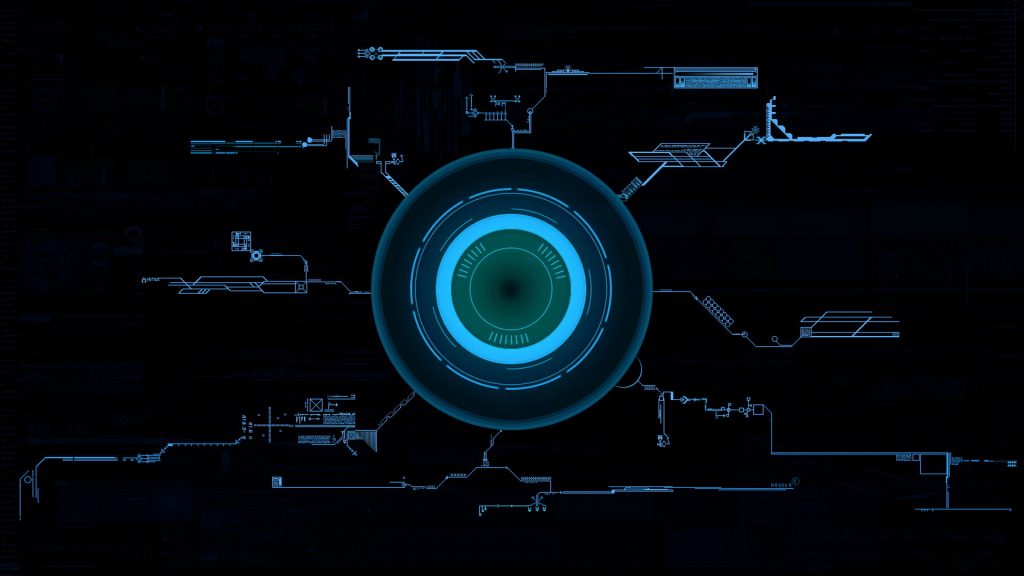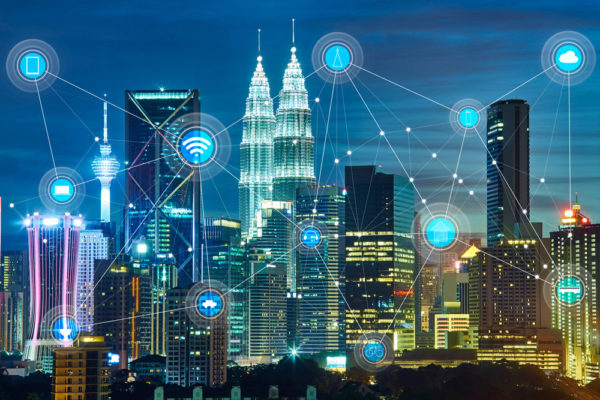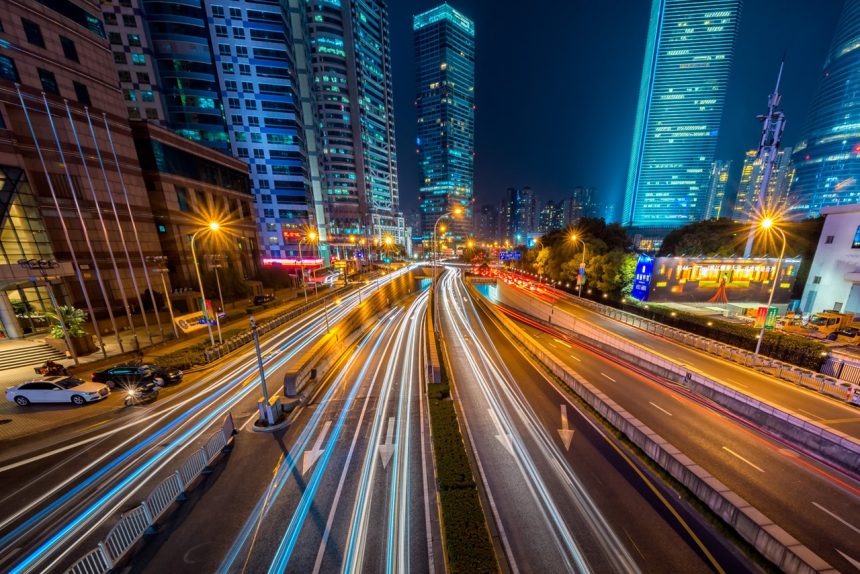Firstly a smart city isn’t run by robots or intelligent folks or an amazing AI called J.A.R.V.I.S. It’s in the simplest form, an urban area where technology and innovation are deployed and operate simultaneously & seamlessly towards making everyday functions more simplified while improving the quality of life.

Typically a smart city refers to an urban centre that integrates information and communication technologies (ICT) and the Internet of Things (IoT) such that, critical infrastructures, their components and the public services provided are more interactive, efficient and connect with the citizens so that they can be made more aware of them.
Technically, to achieve this smart city, we need constant electricity, stable high-speed internet, compatible devices, compliant infrastructures and an enabling socio-political environment. Perhaps this informs why certain people opine that a smart city is not feasible with some cities such as Lagos, Accra and New Delhi still struggling to provide these basic amenities. Moreso, the obvious realities of terrorism, corruption, poverty, illiteracy, diseases etc are pointers that achieving a smart city might just be a dream.
It is expected that by 2050, 67% of the world’s population will be living in urban centres. In light of this, there will be challenges to efficiently supply these populations with basic resources like clean water, sufficient energy and good healthcare while also ensuring overall economic, social and environmental sustainability.
For these services to be efficiently deployed we need the critical mass to be efficiently connected, not existing in isolation. Efficient interactions and exchange of information between sectors, centres in real-time (or near real-time) can only be better achieved within the framework of a Smart City. Yet, how do we integrate these assets and services to be more interactive, efficient and connected?

For a city to be termed as smart, in addition to the provision of basic amenities, there will be the inclusion of IoT and ICT to enable seamless connection between our homes and our devices. In a connected city, we are able to watch our kids in real-time on video via CCTV or surveillance cameras while they ride the bus to the safety and comfort of our homes. Drive through a traffic system that recognizes and operates based on algorithms of rush hour and traffic flow distribution and direction in order to calculate how to efficiently manage traffic.
Enjoy the sheer pleasure of turning on the water heater before we get home. Have the power to plan our entire month’s schedule from bus routes, to entertainment to laundry to even a romantic dinner from a smart device. Have the fire service respond to a fire outbreak without having to be called (possibly because heat and smoke sensors are connected to the fire service’s terminal); the possibilities are endless!
Smart cities would not be built in a day. It would take little drops of water to make this ocean. The little drops are the Apps, services, disruptive technologies, all adding up to create a smart city. For instance, Kirusa via the Instavoice app aims to help individuals maximize the value they get from their mobile phone but also aims to improve the quality of communication which is one of the first steps to actualizing a smart city. The ability to communicate effectively; be reached even when seemingly “unreachable”, have unlimited voicemail storage, ability to convert voicemail to text, all point towards building a seamless communication channel. A channel that ensures that when we are off the grid by either being too busy to pick up our phones, driving or when our phones run out of battery power etc, we can log in via other devices and still access our missed calls, voicemail and messages. Essentially, it means we can leave or forget our phones at home and not panic – ease of communication.
In this light, we could say a city becomes Smart when the investments in human and social capital, and in communication infrastructure, encourage sustainable economic development and a better quality of life, with efficient management of natural resources. Such that the Smart City becomes that transformed centre that maximizes its economy, society, environment and resources while facilitating the shift towards more sustainable behaviour among all stakeholders: individuals, businesses and government, enabling new business models and constituting an excellent platform for innovation.
So as the world gets more connected virtually, technology becomes more disruptive; changing the way things are done, and humans become more sophisticated; demanding a better quality of life. The onus, therefore, is on us – government, public and private sectors, technology service providers, and individuals – to constantly innovate to catch up to the trends of the world around us. Because like they say ‘we cannot stop the growth of technology; we can either be overrun by it and become non-existent or be a part of it and continue to open previously unexplored regions.’










